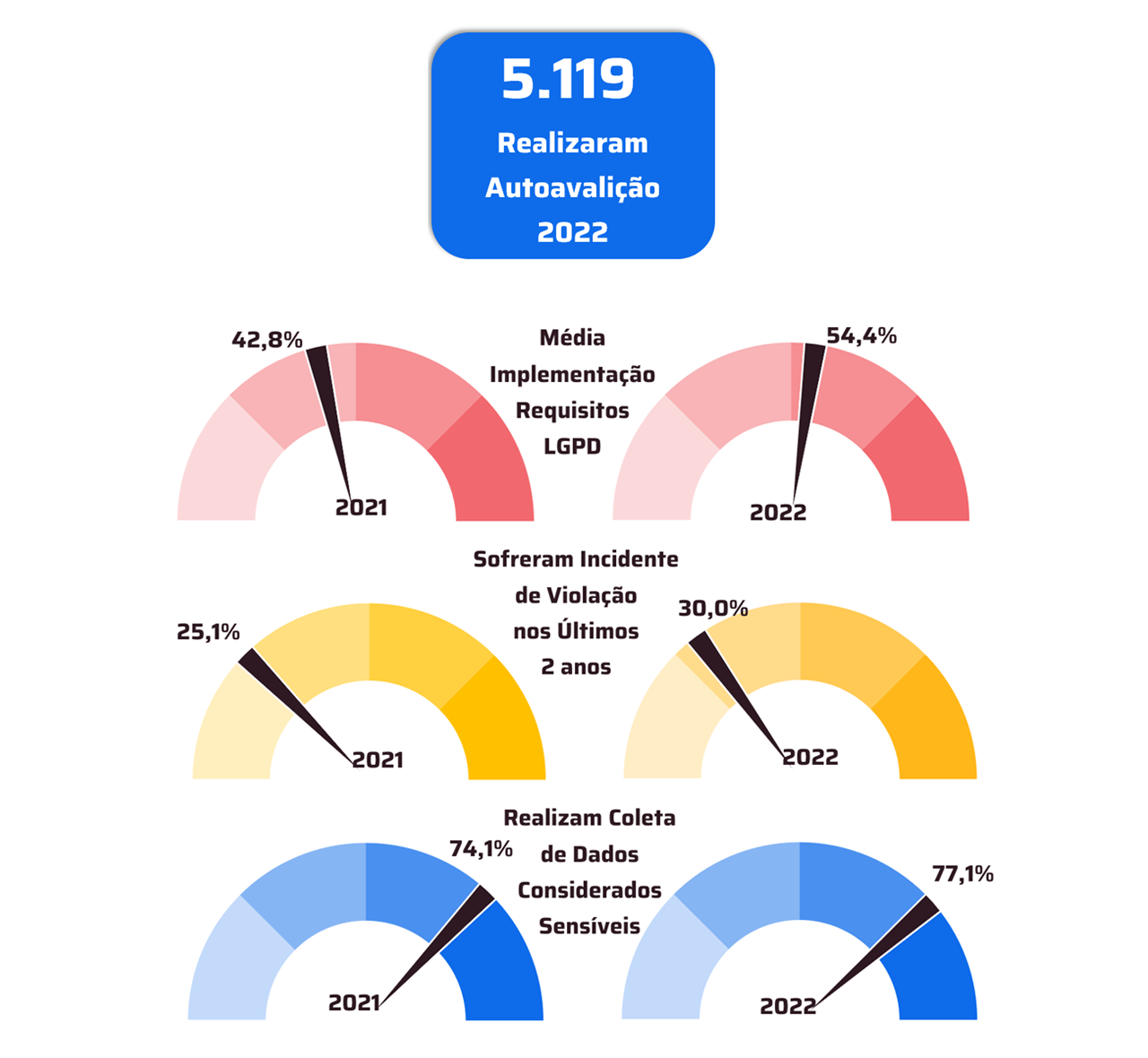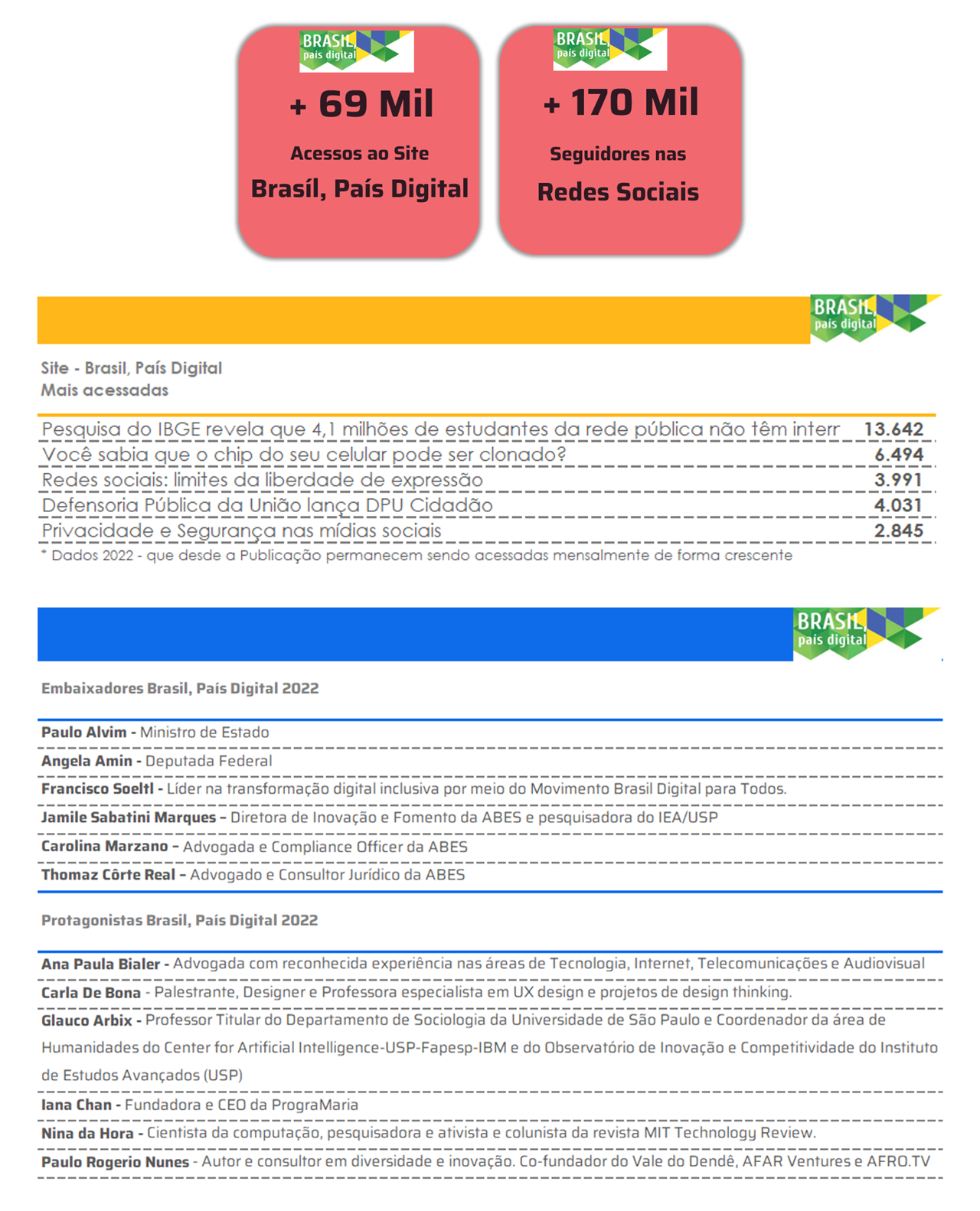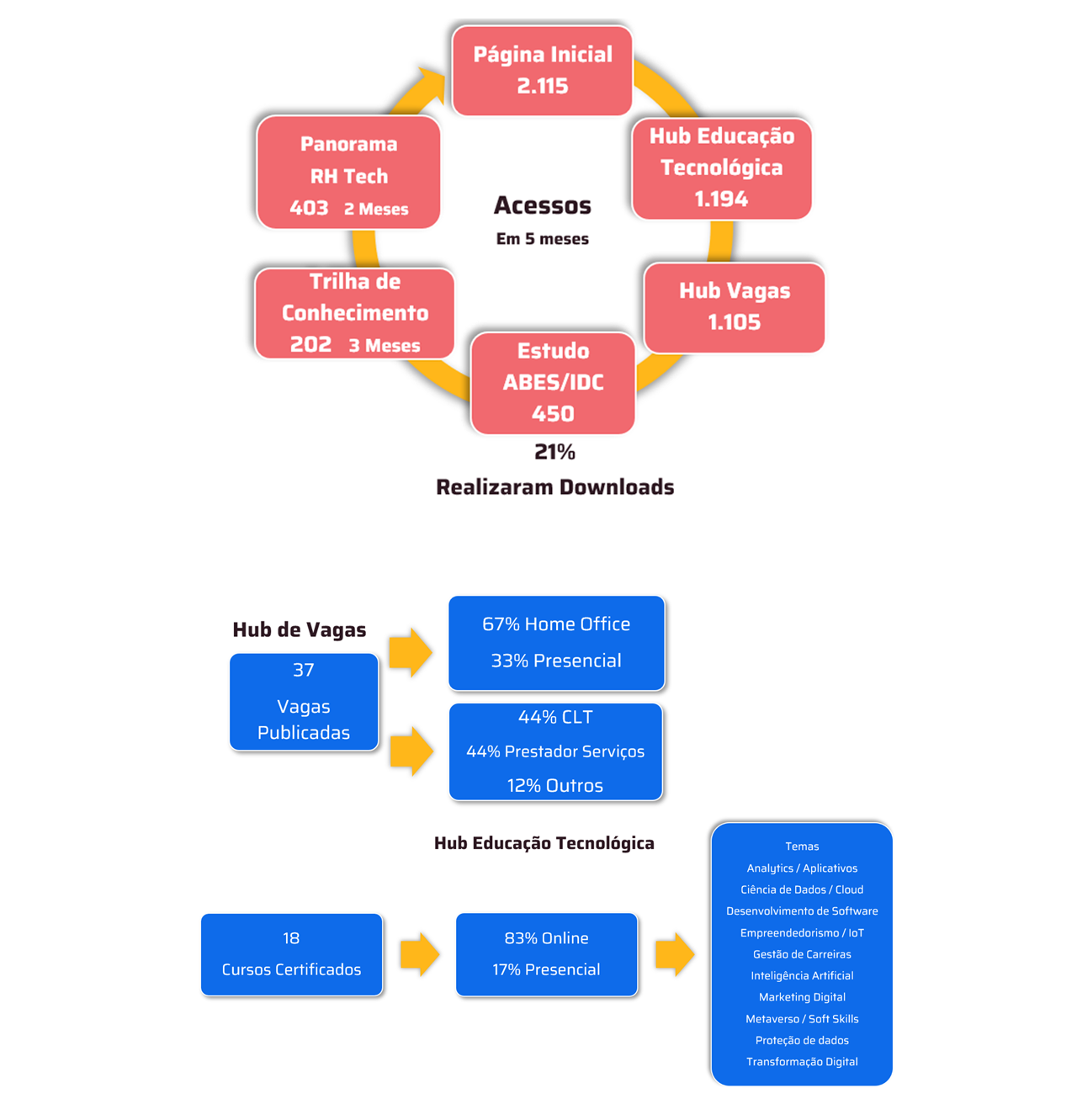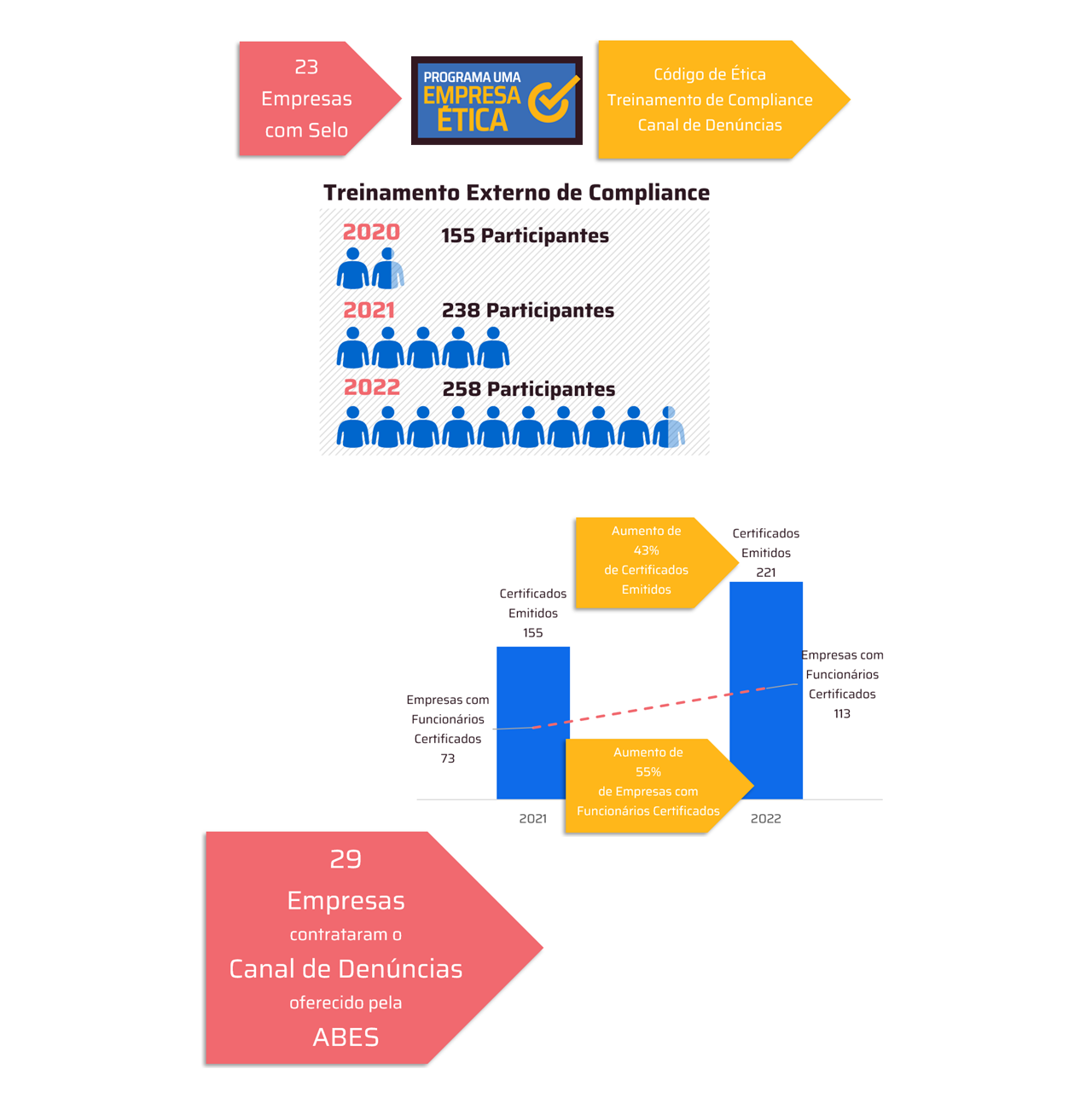Quantinuum's next-generation quantum computer with Microsoft's qubit virtualization system demonstrates logical qubits with logical error rates 800x better than physical error rates
Quantinuum, the world's largest integrated quantum computing company, together with Microsoft, has achieved a breakthrough in making fault-tolerant quantum computing a reality. The companies demonstrated the most reliable logic qubits with active syndrome extraction, an achievement previously believed would take years to realize.
A collaboration between the Quantinuum team in the US and UK, and the quantum computing team at Microsoft, has led to the creation of four logical qubits that demonstrate error rates 800 times lower than the corresponding physical error rates. Impressively, the joint team demonstrated the ability to run 14,000 independent instances of a completely error-free quantum circuit. Advances of this magnitude have the potential to accelerate progress toward the ultimate goal of achieving fault-tolerant universal quantum computing, potentially shortening the timeline to tackle real-world problems and revolutionize fields like materials science. and the discovery of new medicines.
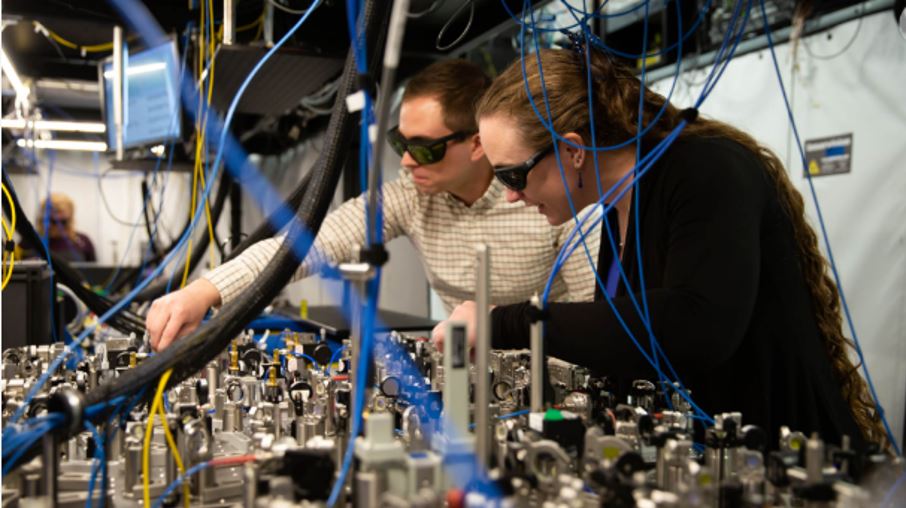
Credit: Microsoft website
The achievement stems from the cutting-edge fidelity, scalability and flexibility of Quantinuum's 32-qubit H2 quantum processor, powered by Honeywell, combined with Microsoft's highly innovative error correction capabilities. The joint team created four logical qubits using 30 of the 32 physical qubits available in the H2, leading to the creation of what both companies tout as the “most reliable logical qubits.” They also successfully demonstrated syndrome extraction, another critical milestone needed for fault-tolerant quantum computing. More details of the results can be seen on here.
“The result announced today further cements Quantinuum’s position at the forefront of fault-tolerant universal quantum computing. Today's achievement was only possible using Quantinuum's H2 quantum computer, with its unmatched two-qubit physical fidelities of 99.8%, the 32 qubits in our QCCD architecture, and all-to-all qubit connectivity. Building on the exceptional performance of our current systems, we will continue to innovate to make fault-tolerant universal quantum computing a reality. All this sooner than anyone imagined.”, said Rajeeb Hazra, CEO of Quantinuum.
In this new era described by Microsoft as “Level 2 Resilient”, quantum computing is capable of dealing with problems caused by errors and can begin to face significant challenges such as modeling the states of molecules and materials, simulating systems in condensed matter physics and explore solutions to problems in many fields. Based on Microsoft's demanding criteria, the demonstration of multiple entangled logical qubits, with logical qubits outperforming physical qubits, marks a long-awaited transition into this second phase of quantum computing.
“This is an important advance for quantum computing. The collaboration between Quantinuum and Microsoft marked a crucial step forward for the industry and demonstrated a critical milestone on the path to hybrid classical-quantum supercomputing capable of transforming scientific discovery,” said Dr. Krysta Svore, engineer and vice president of Advanced Quantum Development for Microsoft Azure Quantum.
“As a leader, we will continue to innovate faster than the competition, with hardware innovations and application development to take advantage of the new era of truly logical qubits. We will continue to ensure our customers are the first to benefit from these and future advancements. I'm excited to see how they can leverage reliable quantum computing to generate more powerful solutions than ever before, even for their most challenging problems.” said Ilyas Khan, vice president and chief product officer at Quantinuum
To learn more about this advancement, also check out the technical publications on the Azure Quantum and by Quantinum (both in English).





